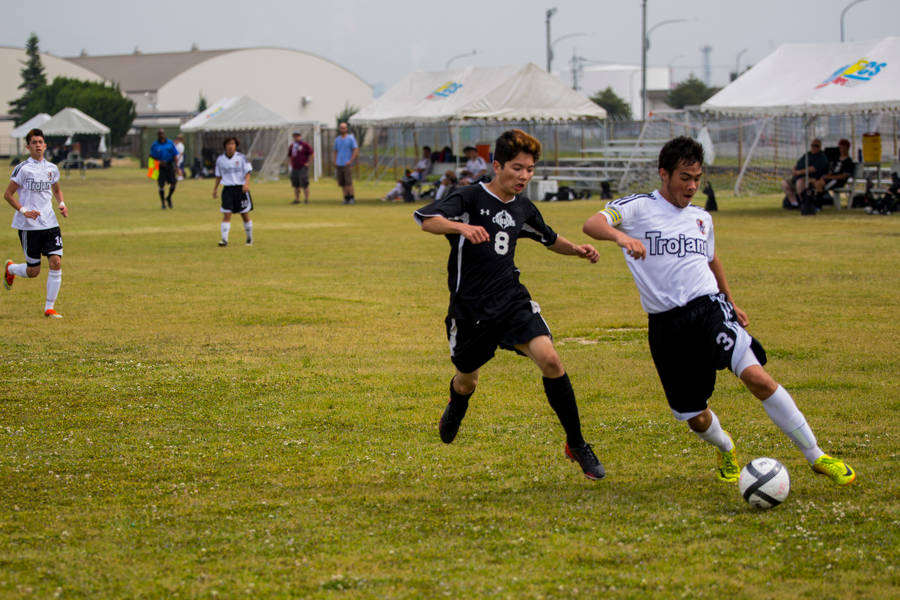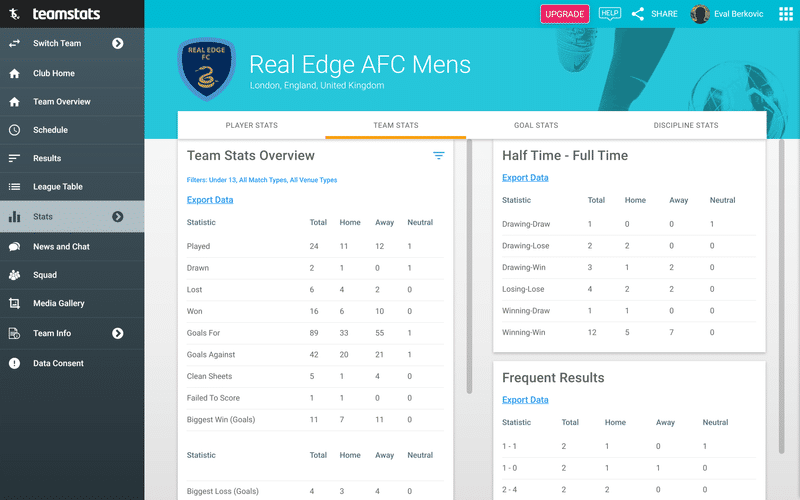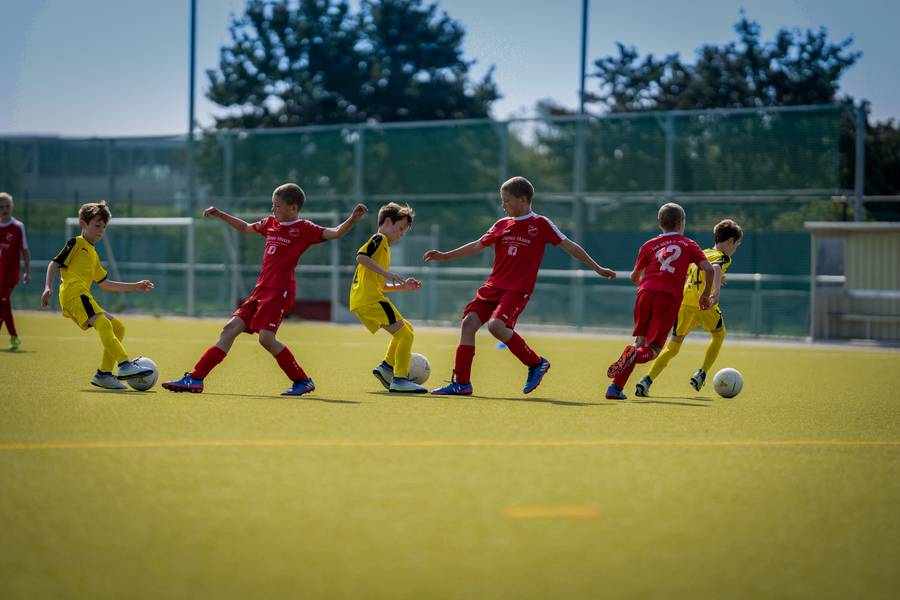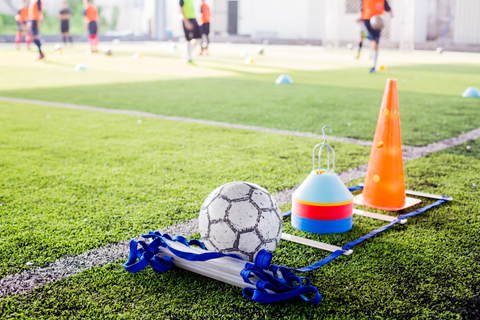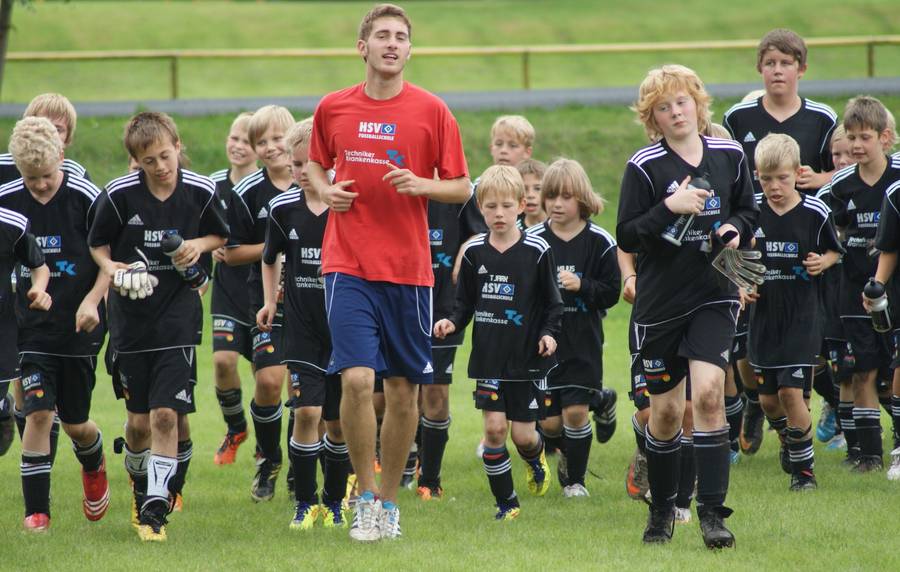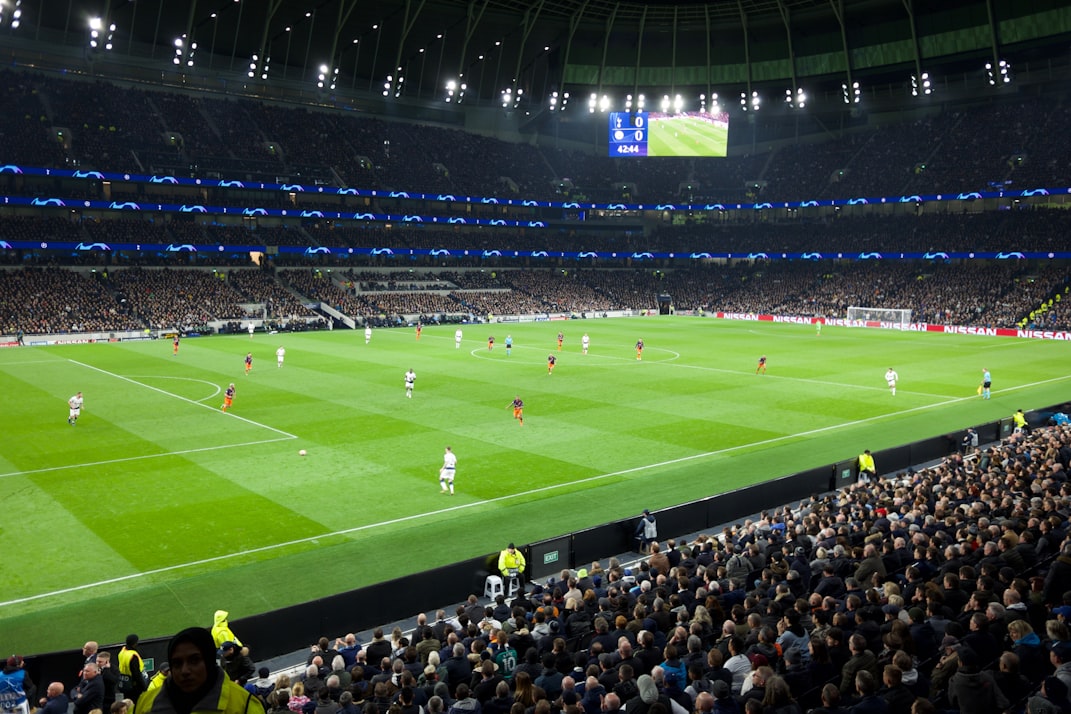Last updated : Tuesday, 04 March 2025
The National Football Youth League serves as a vital bridge between academy and college football, offering young players a structured pathway to develop their skills and pursue their athletic dreams. Founded to provide competitive opportunities for talented youth footballers, the league has become a cornerstone of youth development in the football ecosystem.
The NFYL provides comprehensive competition structures that allow players to showcase their abilities while learning the tactical and technical aspects of the game. With divisions like the U23 Premier Division, young athletes compete against peers of similar skill levels, creating an environment that fosters growth and improvement. The league maintains professional standards, including official referees who must submit match reports within 48 hours of games.

For parents and coaches looking to involve their children or teams in organized youth football, the National Football Youth League offers a clear pathway with established clubs across various regions. Similar organizations like USA Select NYFL also provide routes to national championships for elite teams, demonstrating the growing infrastructure supporting youth football development in recent years.
History
The National Football Youth League was established in 2002 by Louise Macey. She created the first-ever partnership between a full-time professional football organization and a youth development program, marking a significant milestone in youth football.
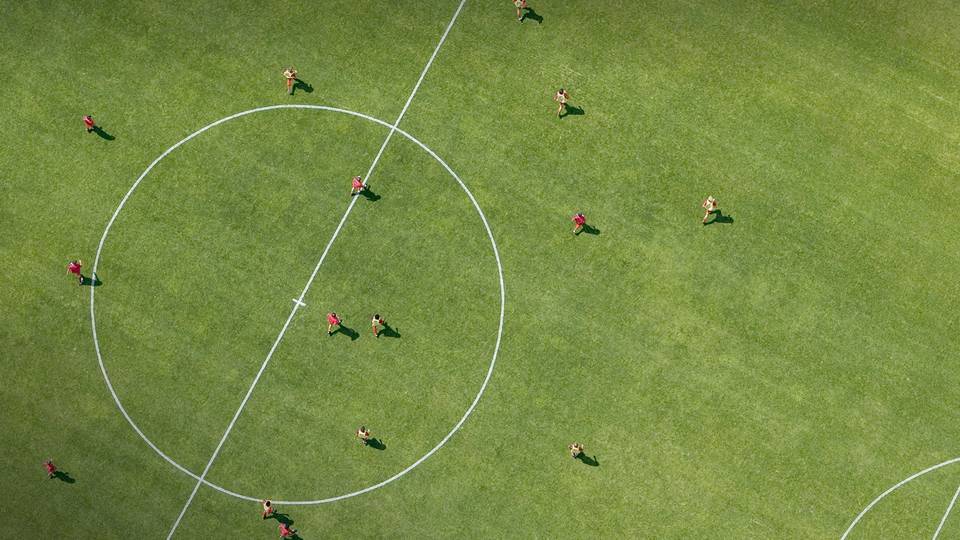
The league was designed to promote the development of young football talent while providing structured competition opportunities. This initiative helped bridge the gap between recreational youth football and professional development pathways.
Throughout the early 2000s, the league expanded its reach across various regions, establishing multiple partnerships with professional clubs and educational institutions. This growth helped create more opportunities for young athletes to showcase their skills.

By the mid-2010s, the National Football Youth League had evolved into a respected competition format that helped identify and nurture talented young players. The league's structure allowed for age-appropriate competitive environments.
The organization has maintained its commitment to youth development principles while adapting to modern coaching methodologies and player development approaches. This balance has been key to its longevity and continued relevance in the youth football landscape.
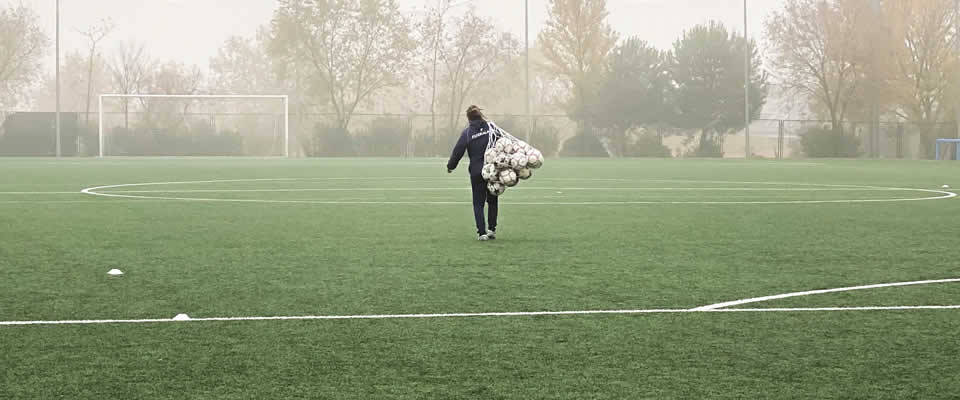
Throughout its history, the league has served as a launching pad for numerous young athletes who later advanced to higher levels of competition, including professional contracts with various clubs.
Age Groups and Divisions
The National Football Youth League organizes players into age-specific divisions to ensure fair competition and appropriate development opportunities. Most youth football programs follow an age-based classification system, with cutoff dates typically set on July 31 of the current year.

Standard age divisions include 9U, 10U, 11U, 12U, 13U, 14U, and 15U, where the number represents the maximum age of participants. For example, players in the 13U division must be 13 years old or younger as of the cutoff date.
Some divisions are further categorized into competitive tiers:
- Division 1: Advanced/elite competition
- Division 2: Intermediate skill level
- Division 3: Developmental level
Many leagues, including American Youth Football (AYF), offer unlimited weight classifications for certain age groups, particularly at the 13U and 14U levels.
Leagues may also distinguish between recreational and competitive divisions. Recreational divisions focus on participation and skill development, while competitive divisions emphasize higher-level competition.
The largest youth football organizations in the U.S. encompass hundreds of teams and clubs. According to search results, one major league includes 489 teams, 113 clubs, and 6 distinct age groups.
For optimal league organization, administrators should consider:
- Local demographics
- Participant skill levels
- Available facilities
- Number of players in each age group
This structure ensures young athletes can participate in appropriate competitive environments that match their physical development and skill level.
Committee/Staff/Contacts
The National Football Youth League is governed by a diverse committee structure that ensures proper oversight and development of youth football programs across the country. The Executive Committee consists of a President, Vice President, Secretary, and Treasurer who manage the league's daily operations and long-term strategy.
The Youth Football Advisory Council plays a crucial role in program development. Currently chaired by Antonio Skeeters with Jamal Bacon serving as Co-Chair, this council provides guidance on best practices for youth football programs.
For girls' football initiatives, the Girls' Football Advisory Committee is led by Chair Elise DeLuca and Vice Chair Elizabeth, focusing on expanding opportunities for female athletes in the sport.
Regional Directors
- Northeast Region: Michael Thompson
- Southeast Region: Danielle Washington
- Midwest Region: James Rodriguez
- West Region: Sarah Chen
The league maintains a professional staff dedicated to specific operational areas:
| Department | Director | Contact |
|---|---|---|
| Player Development | Thomas Wilson | t.wilson@nfyl.org |
| Coaching Education | Maria Garcia | m.garcia@nfyl.org |
| Tournament Operations | David Park | d.park@nfyl.org |
| Safety & Wellness | Dr. Lisa Johnson | l.johnson@nfyl.org |
For general inquiries, member organizations can contact the main office at info@nfyl.org or call 555-123-4567. The league's national headquarters is located in Indianapolis, Indiana.
Teams
The National Football Youth League (NFYL) encompasses various age groups across its competitive structure. The league organizes competitions for U19, U21, and U23 divisions, providing development pathways for young players.
In the U23 division, several notable teams compete regularly. These include i2i U23 Newcastle NE, i2i U23 York, Macclesfield FC International U23 NE, Scarborough FS U23, South Shields U23 NE, and Steven Gerrard Academy U23 NE.
The U19 male category features teams affiliated with professional clubs. Accrington Stanley FC Shadow Youth Team, Altrincham FC Academy, Barnsley FC Shadow Youth Team, and Bolton Wanderers FC are among the participants in this division.
The league also supports female youth football with a dedicated U21 female division. This demonstrates the NFYL's commitment to developing talent across all demographics.
Many participating clubs operate as academy or shadow youth teams of professional football clubs. This connection provides valuable pathways for talented young players to progress toward professional careers.
The league structure helps bridge the gap between grassroots football and professional opportunities. Teams travel nationwide to compete in NFYL fixtures, creating a competitive environment that mimics professional football standards.
Players
The National Football Youth League targets talented young footballers who may have missed traditional pathways to professional careers. It specifically caters to players who haven't secured scholarships at age 16, have been released from professional clubs, or are late developers.
The league creates opportunities for players who simply haven't been discovered yet but possess significant potential. This system recognizes that player development happens at different rates, and some talents emerge later than the conventional academy timeline expects.
Former professional footballer Britt Assombalonga serves as the League Ambassador, providing inspiration to young players. His involvement demonstrates the league's commitment to connecting aspiring footballers with role models who have succeeded at the highest levels.
Players in the National Football Youth League benefit from high-quality competition outside the traditional academy system. In fact, the league positions itself as offering the highest level of football outside the academy structure.
The league bridges the gap between academy and college football, maintaining professional standards while providing realistic pathways. This approach allows young players to continue their development in a competitive environment even when traditional routes haven't materialized.
For many participants, the league represents a second chance to showcase their abilities and potentially attract attention from scouts and professional clubs.
















